Orhan Pamuk
The Consolation of Objects
17 May - 13 Oct 2024
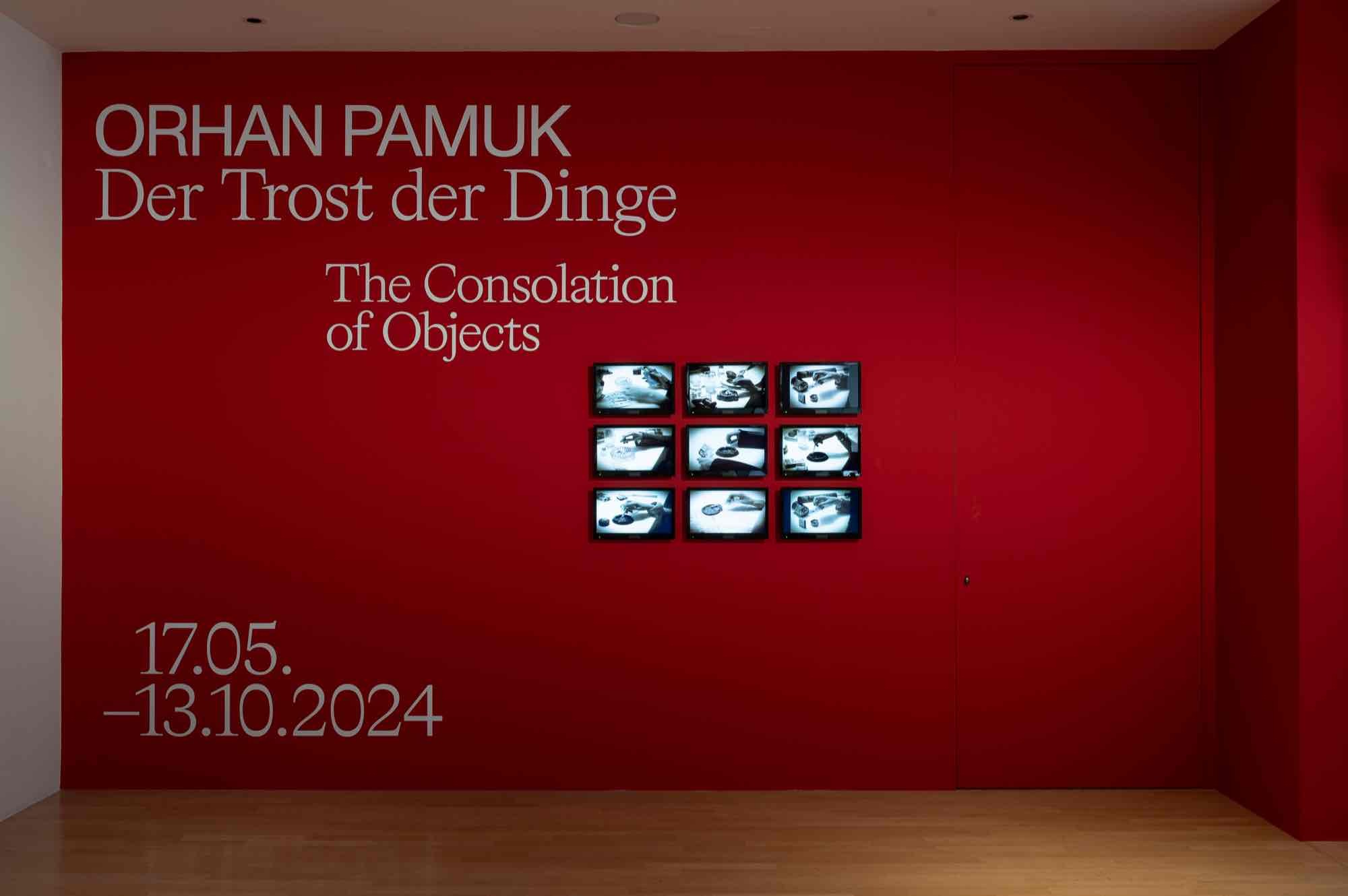
Installation View, Orhan Pamuk. The Consolation of Objects, Lenbachhaus, 2024. Photo: Ernst Jank, Lenbachhaus, © Orhan Pamuk

Installation View, Orhan Pamuk. The Consolation of Objects, Lenbachhaus, 2024. Photo: Ernst Jank, Lenbachhaus, © Orhan Pamuk
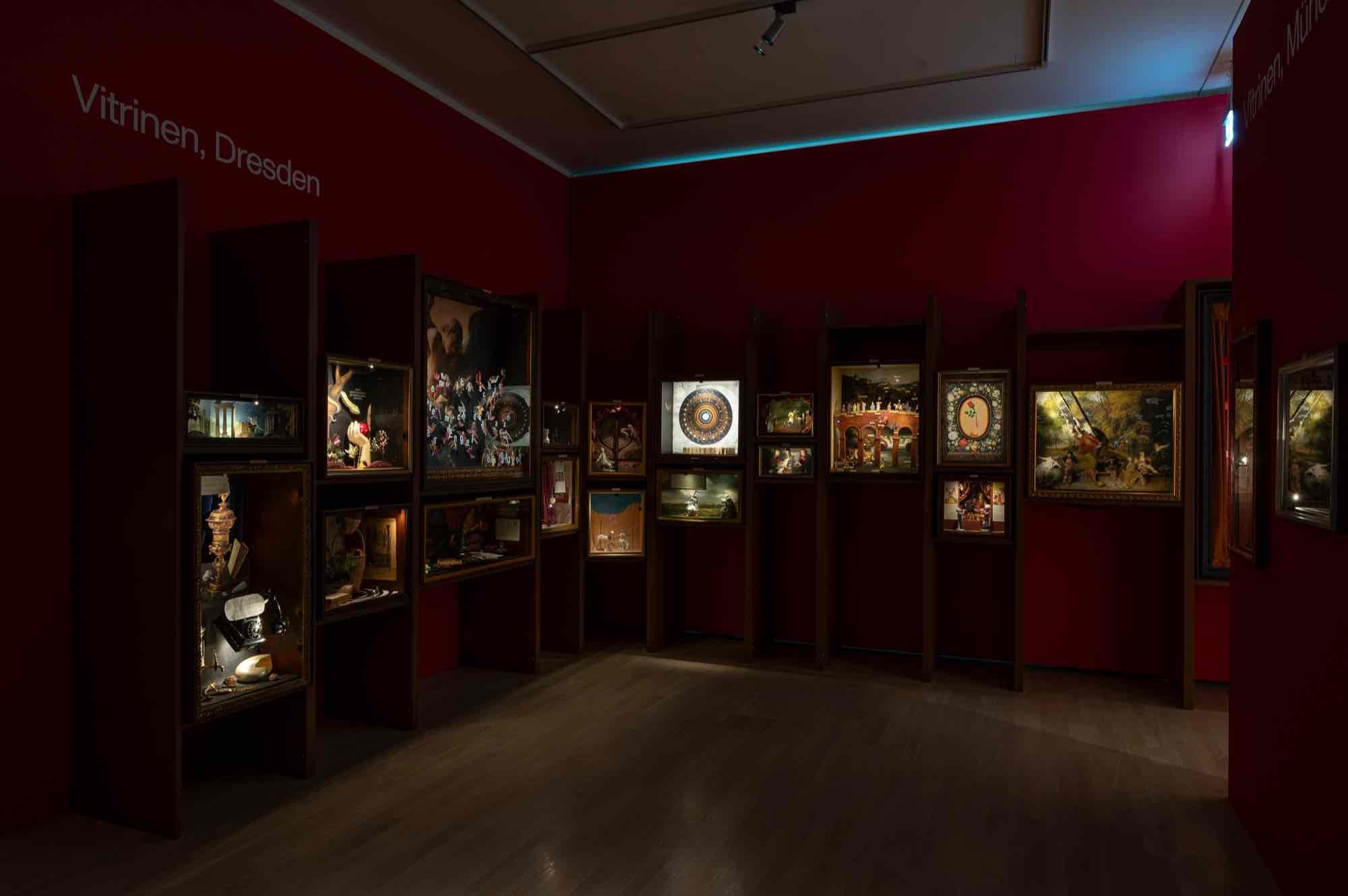
Installation View, Orhan Pamuk. The Consolation of Objects, Lenbachhaus, 2024. Photo: Ernst Jank, Lenbachhaus, © Orhan Pamuk
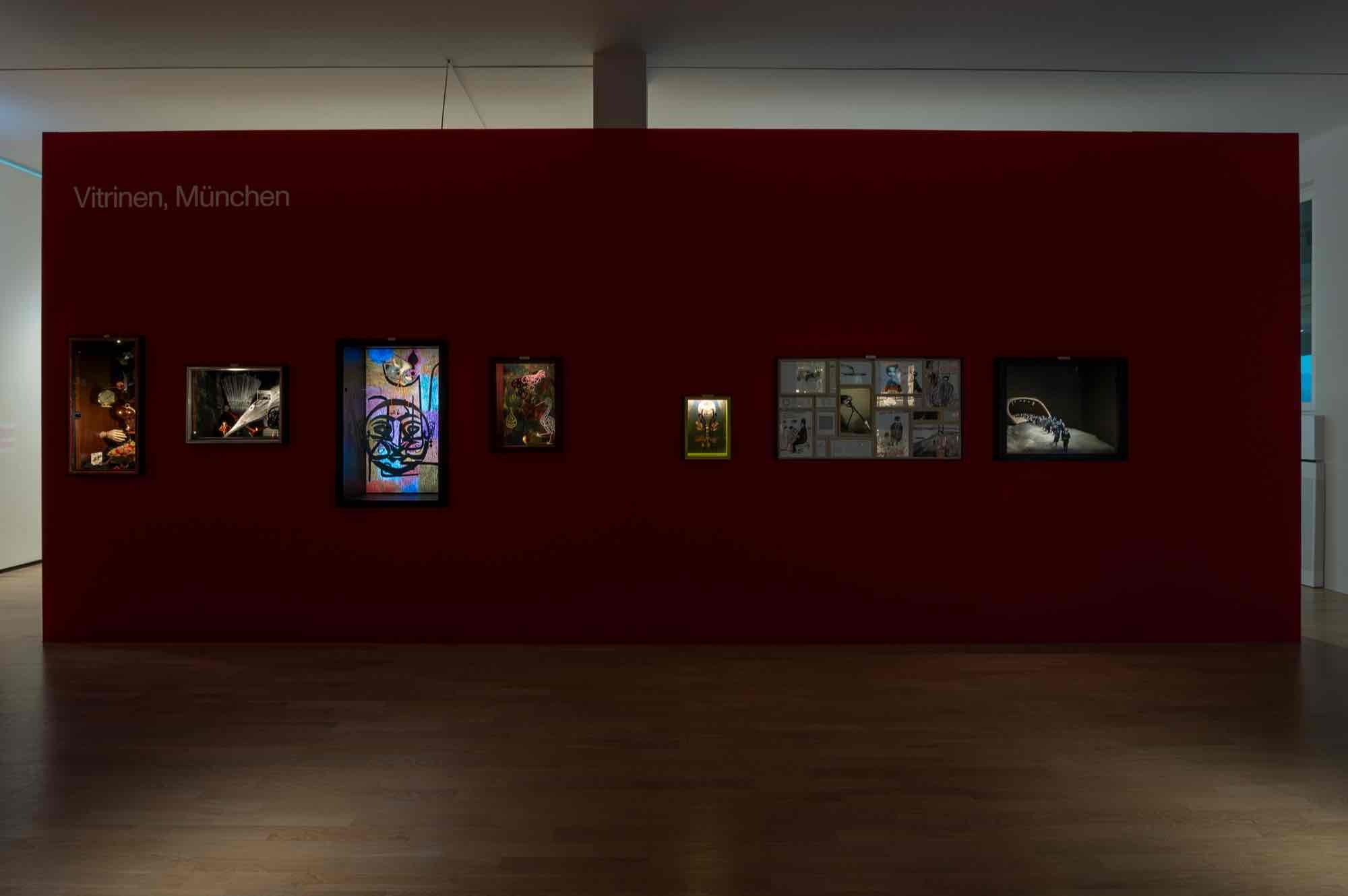
Installation View, Orhan Pamuk. The Consolation of Objects, Lenbachhaus, 2024. Photo: Ernst Jank, Lenbachhaus, © Orhan Pamuk

Installation View, Orhan Pamuk. The Consolation of Objects, Lenbachhaus, 2024. Photo: Ernst Jank, Lenbachhaus, © Orhan Pamuk
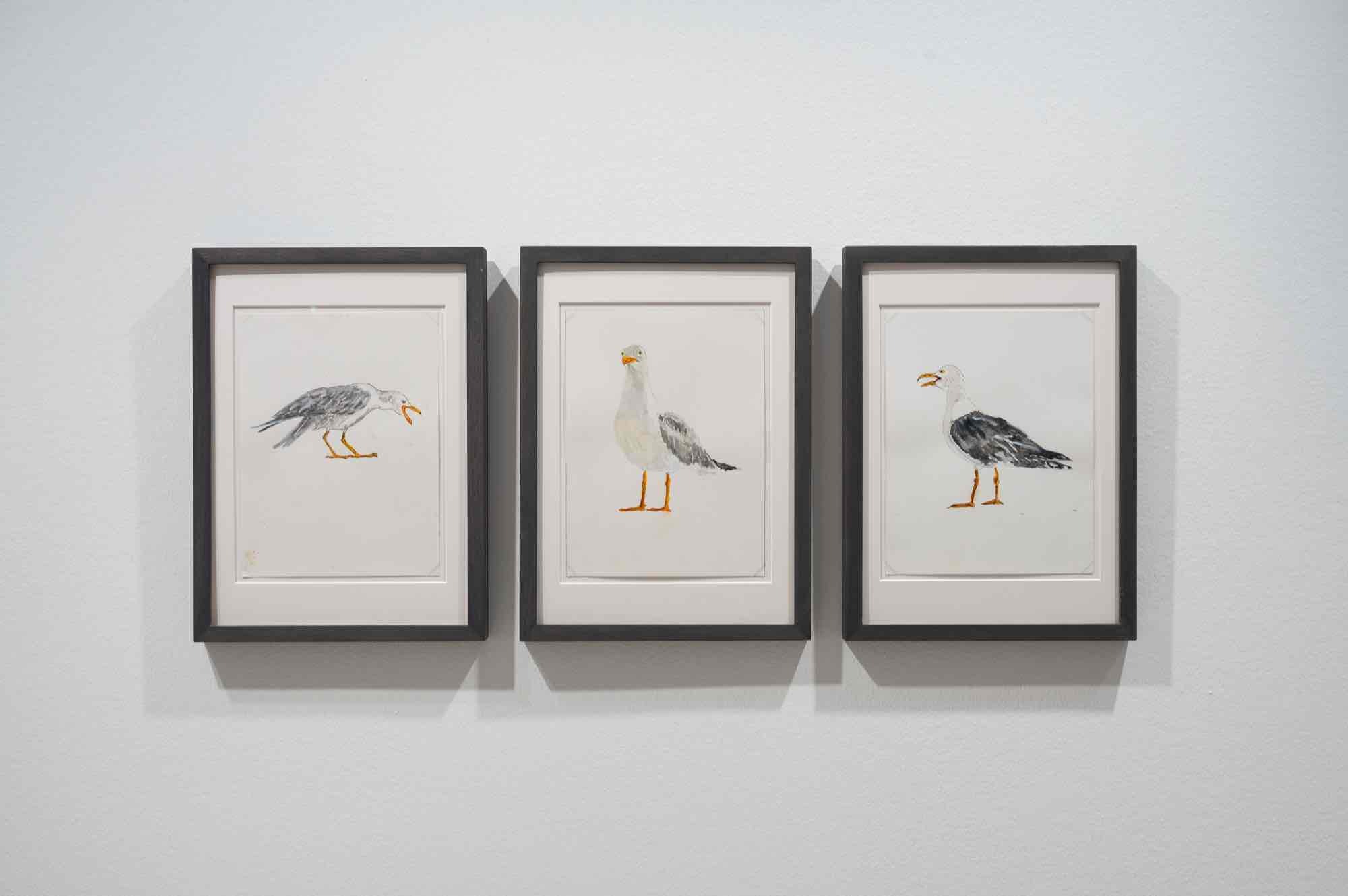
Installation View, Orhan Pamuk. The Consolation of Objects, Lenbachhaus, 2024. Photo: Ernst Jank, Lenbachhaus, © Orhan Pamuk
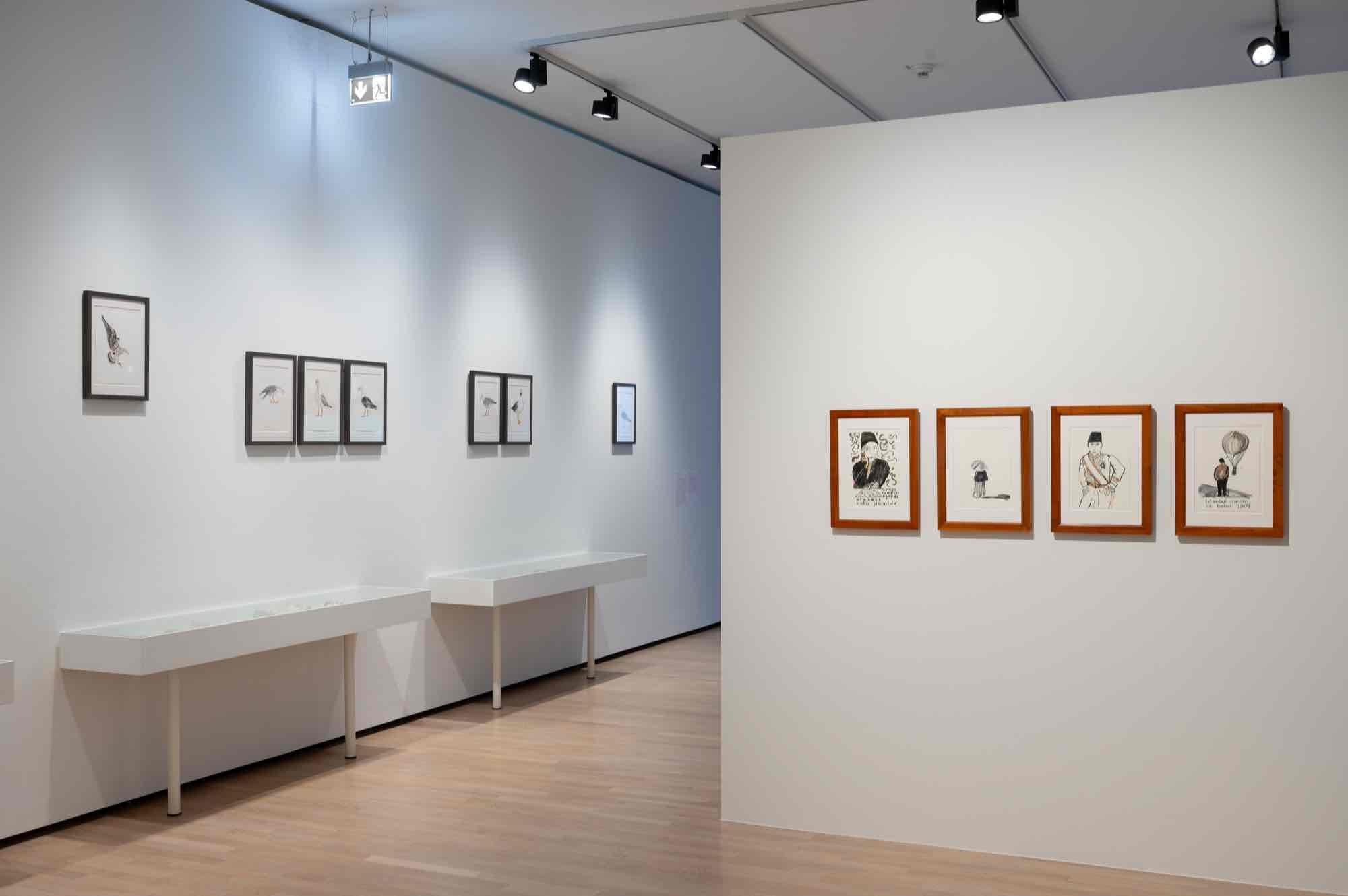
Installation View, Orhan Pamuk. The Consolation of Objects, Lenbachhaus, 2024. Photo: Ernst Jank, Lenbachhaus, © Orhan Pamuk
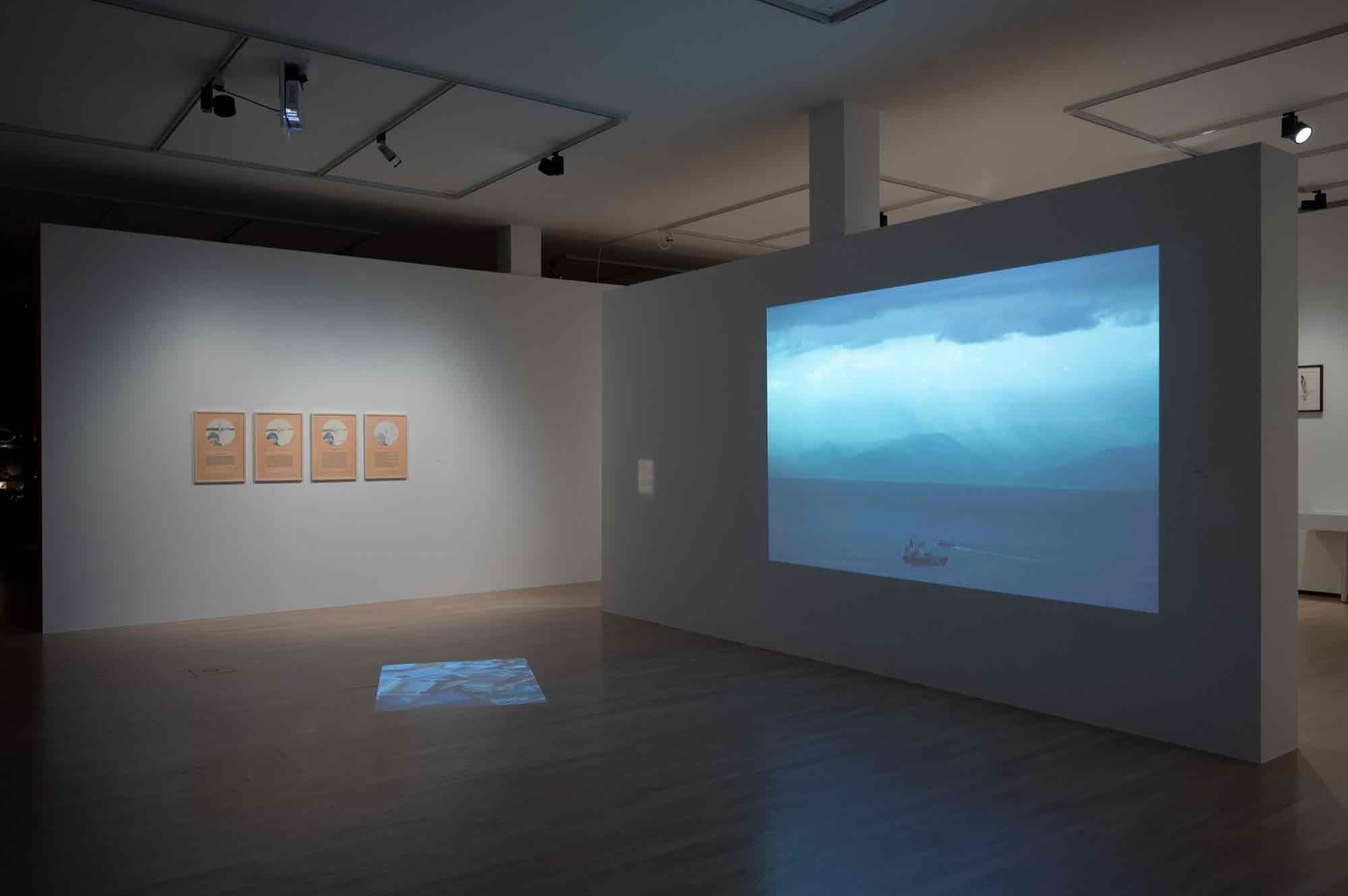
Installation View, Orhan Pamuk. The Consolation of Objects, Lenbachhaus, 2024. Photo: Ernst Jank, Lenbachhaus, © Orhan Pamuk
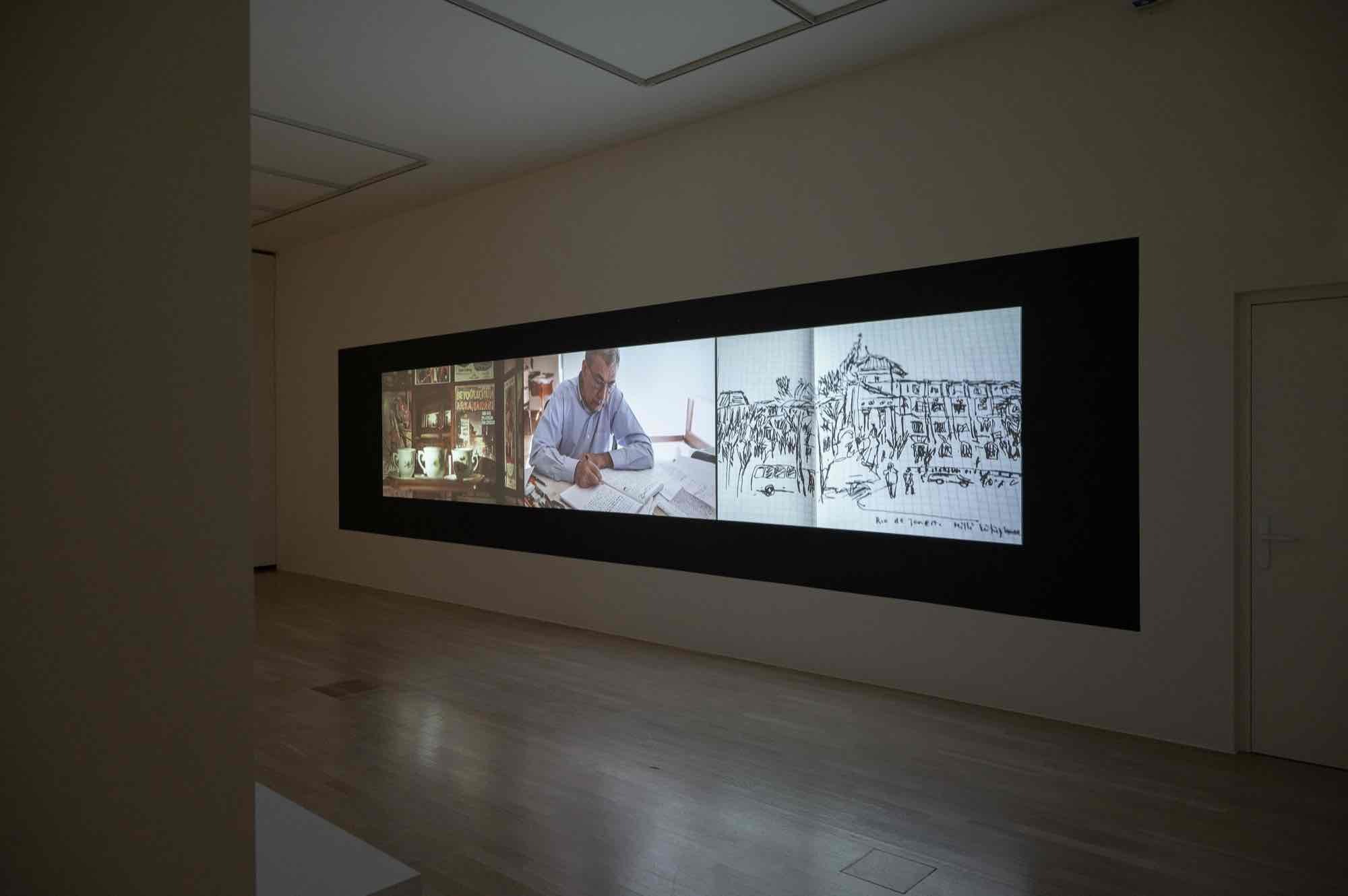
Installation View, Orhan Pamuk. The Consolation of Objects, Lenbachhaus, 2024. Photo: Ernst Jank, Lenbachhaus. Video installation "A House of Ink", Ali Kazma, 2023, Courtesy the artist and Francesca Minini Gallery
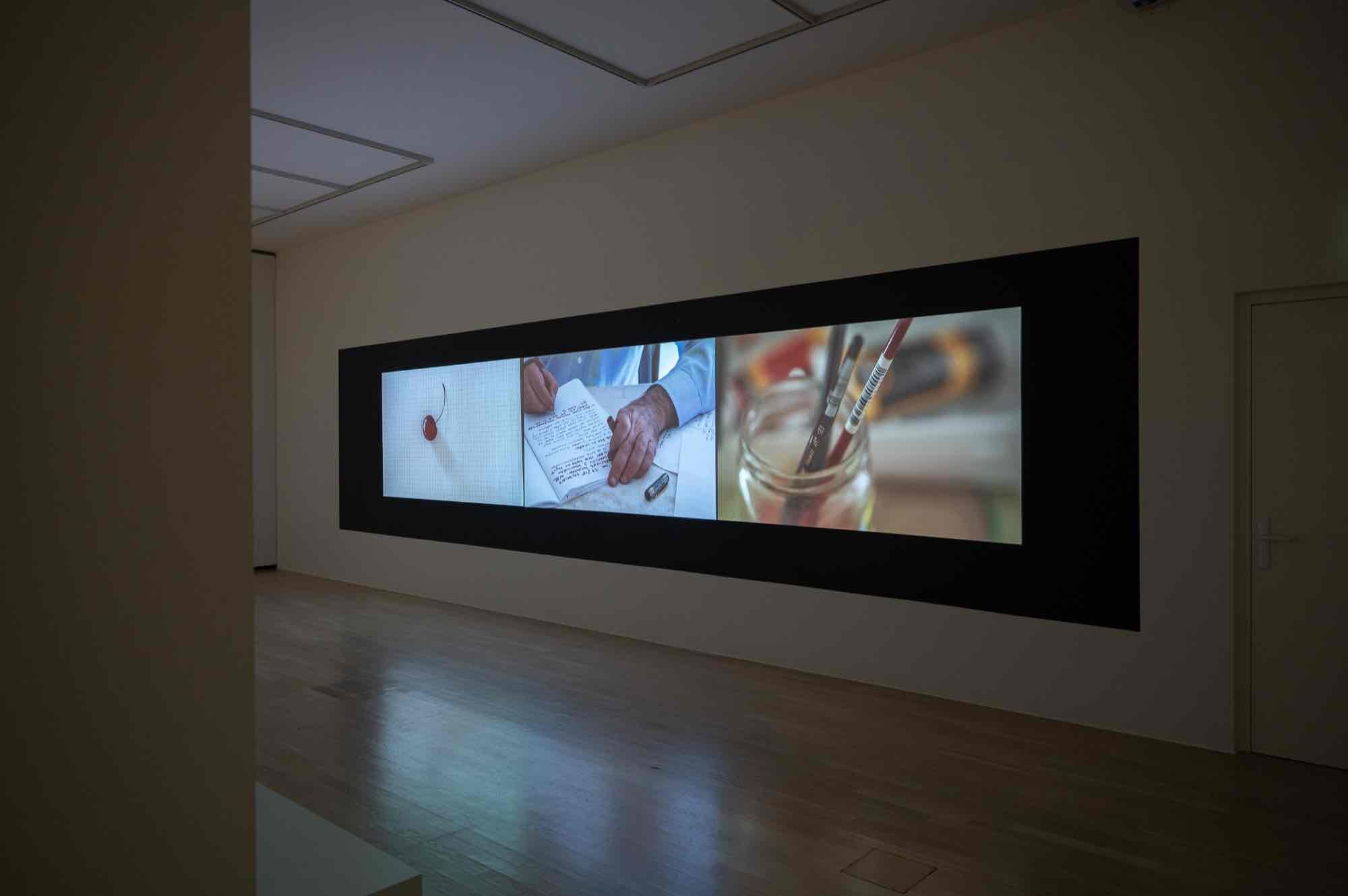
Installation View, Orhan Pamuk. The Consolation of Objects, Lenbachhaus, 2024. Photo: Ernst Jank, Lenbachhaus. Video installation "A House of Ink", Ali Kazma, 2023, Courtesy the artist and Francesca Minini Gallery
"In my childhood there were very few museums in Istanbul, mostly landmarked historic buildings or institutions with an air of a government office. It was not until later on, when I discovered the small inconspicuous museums hiding along the backstreets of European cities, that I realized that museums (no less than novels) can tell the story of individual people. And I came to understand that one aspect that makes museums especially valuable is that they illustrate how the objects are interconnected, how they relate to people and their thoughts and concerns. That is what I call the power of things—a consoling power countervailing the passage of time." (Orhan Pamuk, in The Consolation of Objects)
Orhan Pamuk—the first Turkish writer to win the Nobel Prize in Literature—presents his multifaceted creative output as a writer, photographer, graphic artist, curator, museum founder, and important political voice in today’s world. Pamuk tells his stories through objects. Based on his Istanbul "Museum of Innocence" with everyday objects associated with his novel of the same title, he transposes literature into the space of the museum, creating fictions that visitors can enter and immerse themselves in. Pamuk’s museum illuminates the love story between Kemal, the son of a factory owner, and his fair cousin Füsun. When their relationship ends in disaster, Kemal establishes a museum filled with thousands of objects that remind him of Füsun. At the same time, the objects reflect everyday life in Istanbul from the 1950s to the 2000s — and hence also major events of the same period, gender roles, the contemporary cinema, and more. In three-dimensional collages that, like cabinets of curiosity, unfold a world of their own, the power of things attains poetic immediacy. Forty cabinets from the Istanbul museum that Pamuk reconstructed for the traveling exhibition are on view in Munich.
New works created especially for the presentation engage with the Lenbachhaus’s collections, interweaving the oeuvres of artists like Paul Klee, and Alfred Kubin with other novels by Pamuk. Meditating on the distinctive kind of consolation we can find in things, he grapples with themes that have preoccupied him for many years: cultural change, "Occidentalism" and "Orientalism," fiction and recollection, and the role of museums.
Additional series of works, some of which have never been on public display, turn the spotlight on Pamuk’s visual art, a strand in his output that has remained largely unknown to general audiences. A selection from his paintings, drawings, sketchbooks, notebooks, and photographs offers very personal insights into his eclectic oeuvre, which revolves around an inexhaustible subject: his native Istanbul with its people and its turbulent history from the Ottoman Empire to the Republic of Turkey. His novels as well as his conceptual visions and visual art convey a state of mind best described as melancholy or collective "hüzün," inspiring engaging reflections on the encounter and blending of cultures. Orhan Pamuk weaves these strands together in an encompassing synthesis of the arts: "I write because I can only partake in real life by changing it."
A triptych video by the artist Ali Kazma, "A House of Ink", focusing on Pamuk's literary and artistic works, his studio, library and extensive archives will be shown as part of the exhibition. Courtesy the Artist and Francesca Minini, Milan.
Curated by Melanie Vietmeier and Matthias Mühling.
Orhan Pamuk—the first Turkish writer to win the Nobel Prize in Literature—presents his multifaceted creative output as a writer, photographer, graphic artist, curator, museum founder, and important political voice in today’s world. Pamuk tells his stories through objects. Based on his Istanbul "Museum of Innocence" with everyday objects associated with his novel of the same title, he transposes literature into the space of the museum, creating fictions that visitors can enter and immerse themselves in. Pamuk’s museum illuminates the love story between Kemal, the son of a factory owner, and his fair cousin Füsun. When their relationship ends in disaster, Kemal establishes a museum filled with thousands of objects that remind him of Füsun. At the same time, the objects reflect everyday life in Istanbul from the 1950s to the 2000s — and hence also major events of the same period, gender roles, the contemporary cinema, and more. In three-dimensional collages that, like cabinets of curiosity, unfold a world of their own, the power of things attains poetic immediacy. Forty cabinets from the Istanbul museum that Pamuk reconstructed for the traveling exhibition are on view in Munich.
New works created especially for the presentation engage with the Lenbachhaus’s collections, interweaving the oeuvres of artists like Paul Klee, and Alfred Kubin with other novels by Pamuk. Meditating on the distinctive kind of consolation we can find in things, he grapples with themes that have preoccupied him for many years: cultural change, "Occidentalism" and "Orientalism," fiction and recollection, and the role of museums.
Additional series of works, some of which have never been on public display, turn the spotlight on Pamuk’s visual art, a strand in his output that has remained largely unknown to general audiences. A selection from his paintings, drawings, sketchbooks, notebooks, and photographs offers very personal insights into his eclectic oeuvre, which revolves around an inexhaustible subject: his native Istanbul with its people and its turbulent history from the Ottoman Empire to the Republic of Turkey. His novels as well as his conceptual visions and visual art convey a state of mind best described as melancholy or collective "hüzün," inspiring engaging reflections on the encounter and blending of cultures. Orhan Pamuk weaves these strands together in an encompassing synthesis of the arts: "I write because I can only partake in real life by changing it."
A triptych video by the artist Ali Kazma, "A House of Ink", focusing on Pamuk's literary and artistic works, his studio, library and extensive archives will be shown as part of the exhibition. Courtesy the Artist and Francesca Minini, Milan.
Curated by Melanie Vietmeier and Matthias Mühling.
